- Replies 30
- Views 2.5k
- Created
- Last Reply
Top Posters In This Topic
-
Great work! 7 posts
-
 Mopar1973Man 6 posts
Mopar1973Man 6 posts -
 W-T 5 posts
W-T 5 posts -
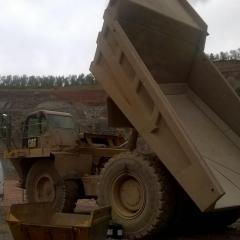 wil440 4 posts
wil440 4 posts
Most Popular Posts
-
GW, I've asked enough of you and I do not wish to drag you through the mud. This is a remarkable project you've undertaken and I can only assume you're developing this for self satisfaction? I ap
-
Oh boy, see what you started? Personally, I believe that computer controlled fueling for diesel engines is far superior in performance than mechanically controlled fueling, especially whe
-
@Mopar1973Man CCD will be coming along I have to decide if it will use the current ST micro or a Mega. The ST while vastly more powerful is limited to 3.3volt inputs which makes 5volt sensor interface


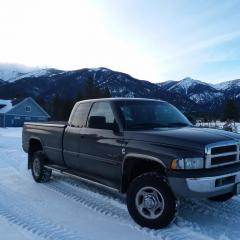
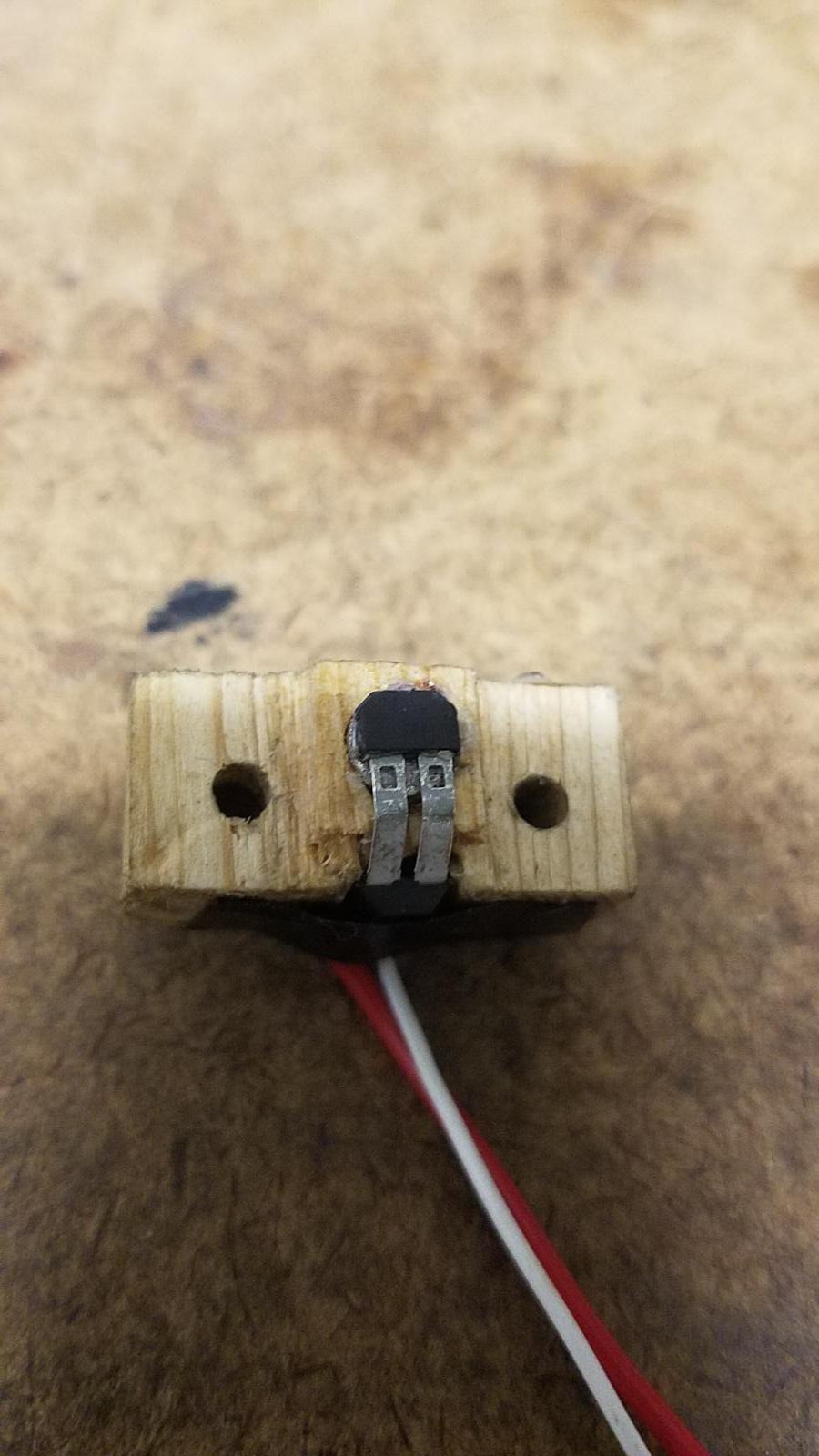
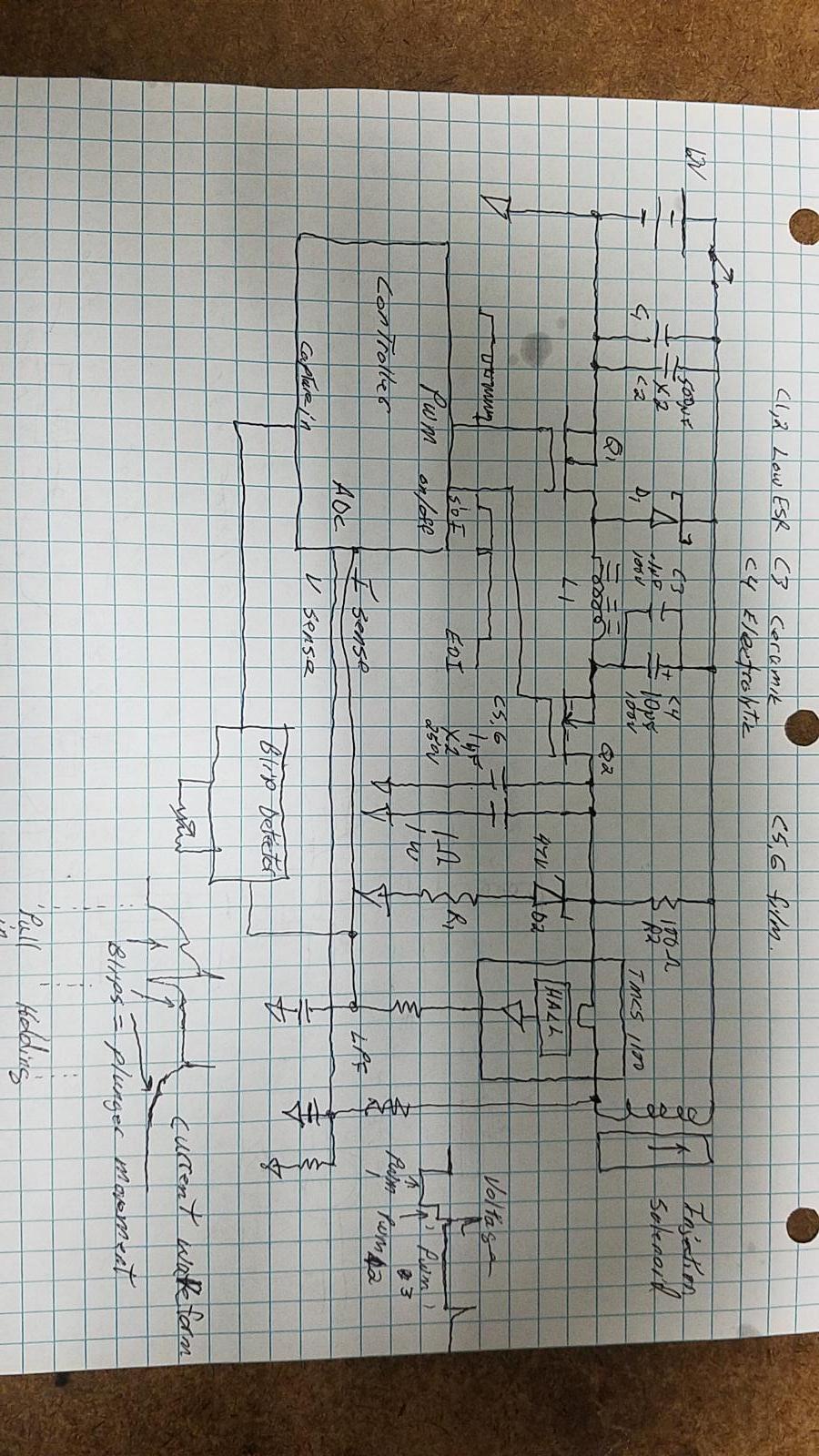
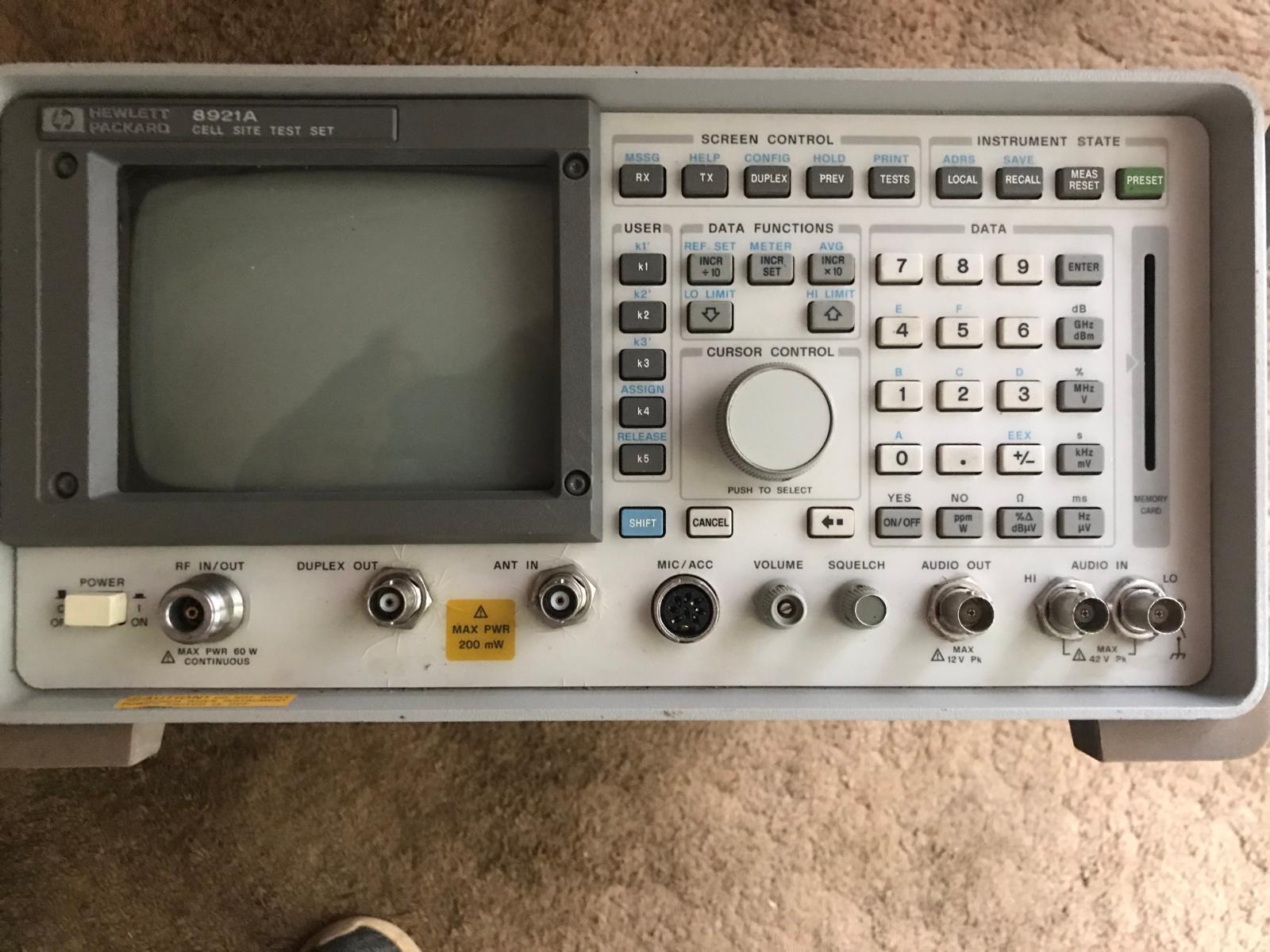
First drive today no psg or ECM. Using my own. See it on YouTube